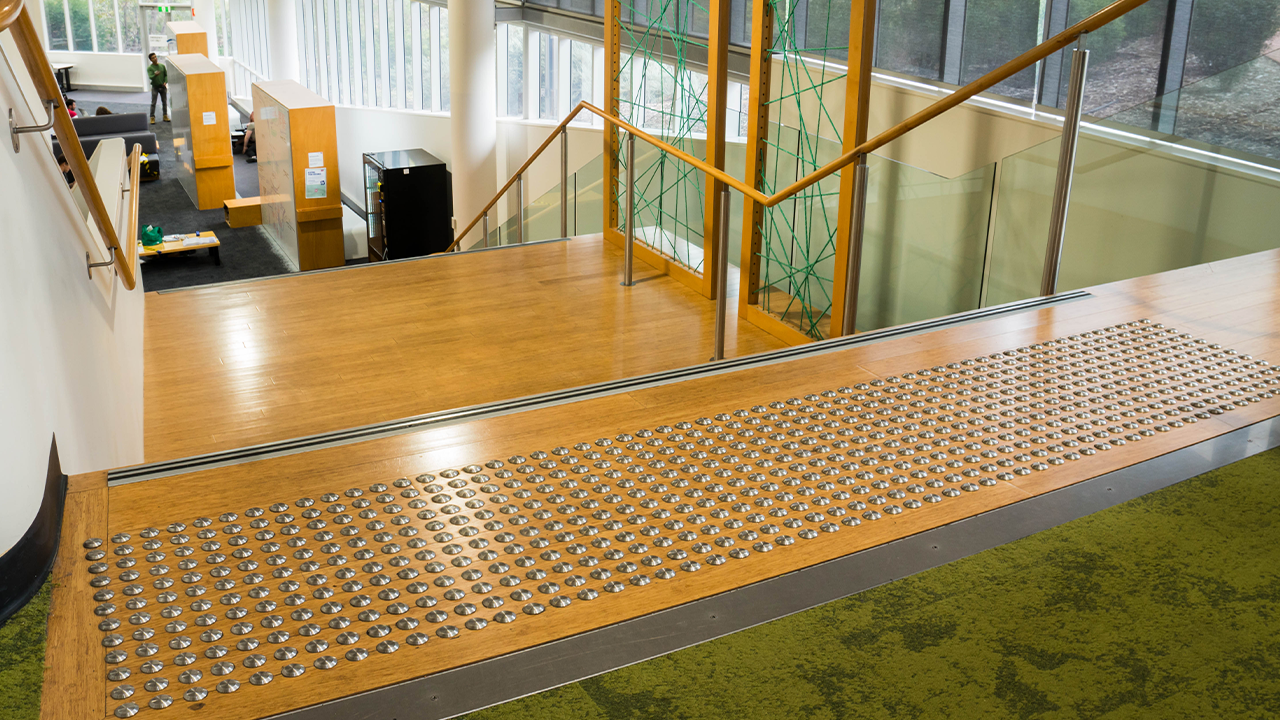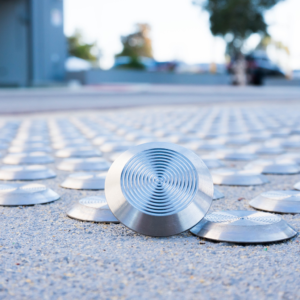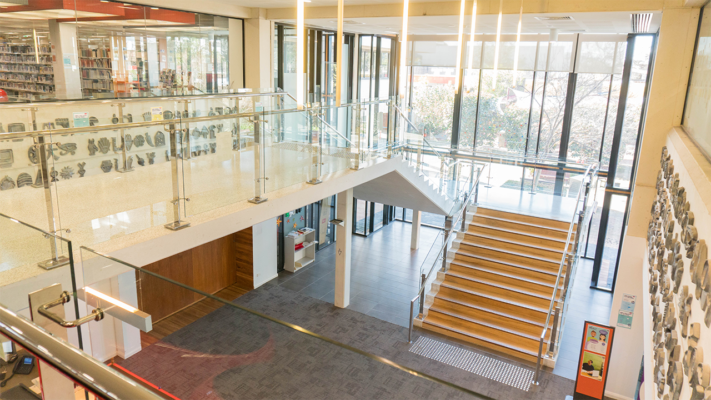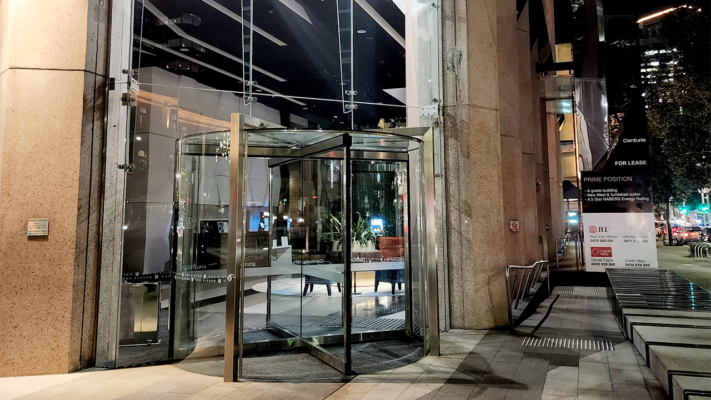Joondalup Library, located in Western Australia, stands as a beacon of knowledge and community engagement. As a public institution, its mission is to provide access to information and resources for all members of the community, including those with disabilities. Ensuring accessibility was a top priority for the library, and to achieve this goal, they partnered with Dottac, a leading company specializing in tactile solutions. Dottac’s innovative use of stainless steel tactile indicators played a pivotal role in transforming Joondalup Library into an inclusive and welcoming space for everyone.
Joondalup Library serves as a cultural and educational hub for the community. Its modern design and extensive collection of books and resources make it a valuable asset for residents of all ages. However, like any public facility, it needed to meet contemporary accessibility standards to cater to the diverse needs of its patrons. This is where Dottac’s expertise came into play.
Tactile indicators are essential tools for enhancing accessibility in public spaces. They provide crucial sensory information to individuals with visual impairments, helping them navigate safely and independently. The incorporation of tactile indicators at Joondalup Library was a significant step towards achieving this goal.
Dottac’s team began by conducting a thorough assessment of the library’s premises. This assessment aimed to identify key areas where tactile indicators could make the most significant impact. Collaborating closely with library staff and accessibility experts, Dottac ensured that the installation would be tailored to meet the unique requirements of Joondalup Library.
One of the primary areas of focus was the library’s entrance. Dottac strategically installed stainless steel tactile indicators at the entrance, marking the transition from the exterior to the interior. These tactiles provided clear and tactile cues, making it easier for patrons with visual impairments to locate and access the library’s main entrance independently.
Inside the library, tactiles were strategically placed to guide visitors towards different sections, including fiction, non-fiction, reference, and community spaces. These indicators served as tactile pathways, ensuring that individuals with visual impairments could navigate the library with confidence. The tactiles’ raised dots and patterns provided tactile feedback, helping patrons identify directional cues and transitions.
One of the architectural highlights of Joondalup Library was its multi-level design. While visually striking, it presented challenges for individuals with visual impairments. Dottac addressed this challenge by installing tactile indicators on staircases throughout the library. These tactiles featured raised dots and tactile patterns that clearly defined each step, enhancing safety and accessibility.
Elevators, another vital element of multi-level buildings, also received Dottac’s attention. Tactile indicators were strategically positioned near elevator doors, aiding patrons in locating and accessing elevators independently. This not only improved accessibility but also underscored the library’s commitment to inclusivity.
Dottac’s approach to the Joondalup Library project extended beyond functionality. The choice of stainless steel for the tactile indicators was not only durable but also visually appealing. The sleek and contemporary appearance of the stainless steel tactiles complemented the library’s modern interior design, ensuring that the library remained an inviting and aesthetically pleasing space for all visitors.
The installation of stainless steel tactile indicators at Joondalup Library exemplified Dottac’s commitment to accessibility and inclusivity. These indicators were more than functional; they represented a commitment to making knowledge and culture accessible to everyone, regardless of their abilities. The library’s dedication to accessibility was evident in its partnership with Dottac, which transformed it into a more welcoming and inclusive space for all members of the community.
Furthermore, the tactiles contributed to the safety of the library. Patrons with visual impairments could now navigate the space with increased confidence, reducing the risk of accidents and falls. The library staff also recognized the positive impact of these tactile indicators in creating a secure and inviting environment for all visitors.
